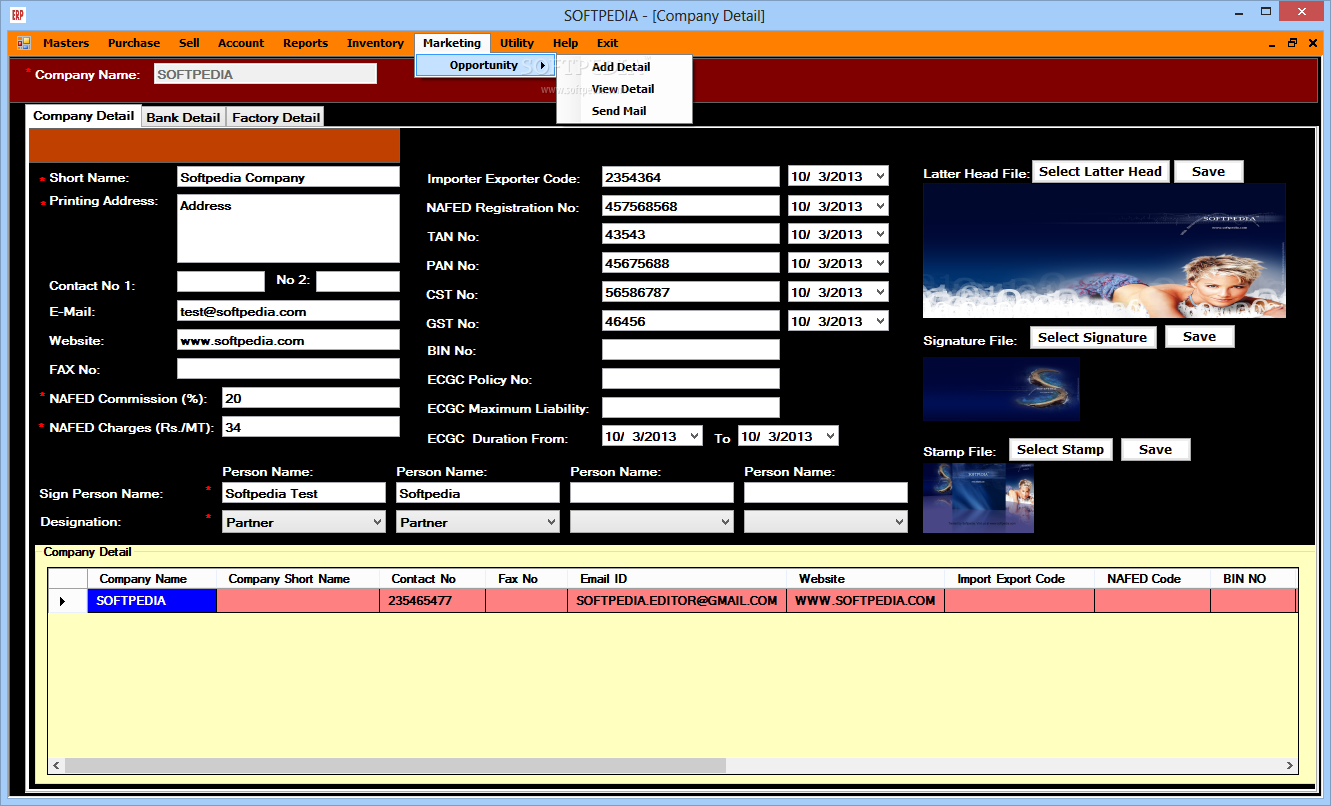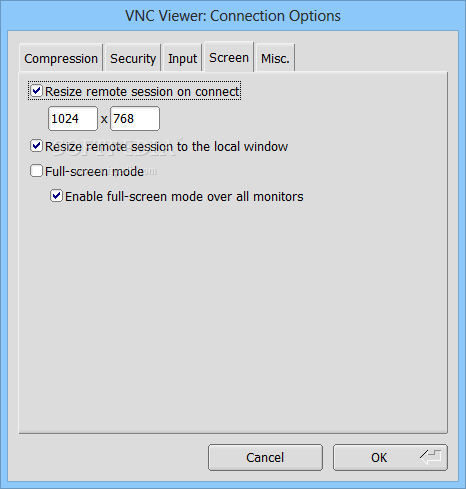

ĮxecStart=/usr/bin/vncserver_wrapper deepak %i In this example I have replaced with deepak. Here replace with the username for which you wish to configure vnc server. Below is a sample unit file for vncserver service. I have this unit file with tigervnc-server-1.8.86_64 version rpm from CentOS 7.7. In this method we don't have any special handling for root and normal user to be able to use vnc server. To make the changes take effect immediately, issue the following command: # systemctl daemon-reload home/deepak/.vnc/%H%i.pid, if the home path of the user is /export/home then the path should be /export/home/deepak/.vnc/%H%i.pid Make sure to change the path for PIDFile with the home path of the user i.e. # Clean any existing files in /tmp/.X11-unix environmentĮxecStartPre=/bin/sh -c '/usr/bin/vncserver -kill %i > /dev/null 2>&1 || :'ĮxecStart=/usr/sbin/runuser -l root -c "/usr/bin/vncserver %i"ĮxecStop=/bin/sh -c '/usr/bin/vncserver -kill %i > /dev/null 2>&1 || :' In this example the user will be root # vim /etc/systemd/system/ desktop service (VNC) Edit the file with text editor and replace the string USER with appropriate vncuser’s username. I have this service unit file from tigervnc-server-1.8.86_64 version of rpm. If you are using CentOS then the minor version may vary so look out for the sample configuration file in the below methods and choose the one matching your sample configuration file. The steps to configure vnc server has changed in RHEL 7.8 and higher releases. For this we will copy the default configuration file to below location with two different display number # cp 1.service By default we will get a sample configuration file from tigervnc-server rpm as shown below # rpm -ql this example we will create vncservice for root and a normal user deepak.
DOWNLOAD TIGERVNC CLIENT WINDOWS INSTALL
To start with the steps to install and configure vnc server on CentOS 7, we would need a configuration file. # yum -y install tigervnc tigervnc-server Since for us we have an active internet connection we will use yum to install the rpms to install and configure vnc server on CentOS 7. We recommend to use yum for installing the rpms, or else if you do not have an active internet connection then you can always use your CentOS/RHEL DVD to get the packages and perform the installation. Install and Configure vnc server on CentOS 7 Step-by-Step Tutorial: Install and Configure vnc server in RHEL 8 Linux
DOWNLOAD TIGERVNC CLIENT WINDOWS WINDOWS
vncserver allows users to run separate sessions in parallel on a machine so that any number of clients can access the node from anywhere.įor VNC to be useful, it also requires that the X Windows System is installed along with a window manager.

It runs Xvnc with appropriate options and starts a window manager on the VNC desktop. Vncserver is a utility which starts a VNC (Virtual Network Computing) desktop. I have verified the steps of this article to install and configure vnc server on CentOS 7 so I am sure the same steps should work on RHEL 7 also, please do let me know if you face any issues using the comment section A server shares its output ( vncserver) and a client ( vncviewer) connects to the server to view the output. TigerVNC is a system for graphical desktop sharing which allows you to remotely control other computers and works on the client-server principle. So we will use tigervnc to install and configure vnc server in RHEL/CentOS 7 In CentOS 7 and RHEL 7 by default we use TigerVNC (Tiger Virtual Network Computing) to as the VNC Server. In this article I will show you the step by step guide to install and configure vnc server in RHEL/CentOS 7 Linux.


 0 kommentar(er)
0 kommentar(er)
